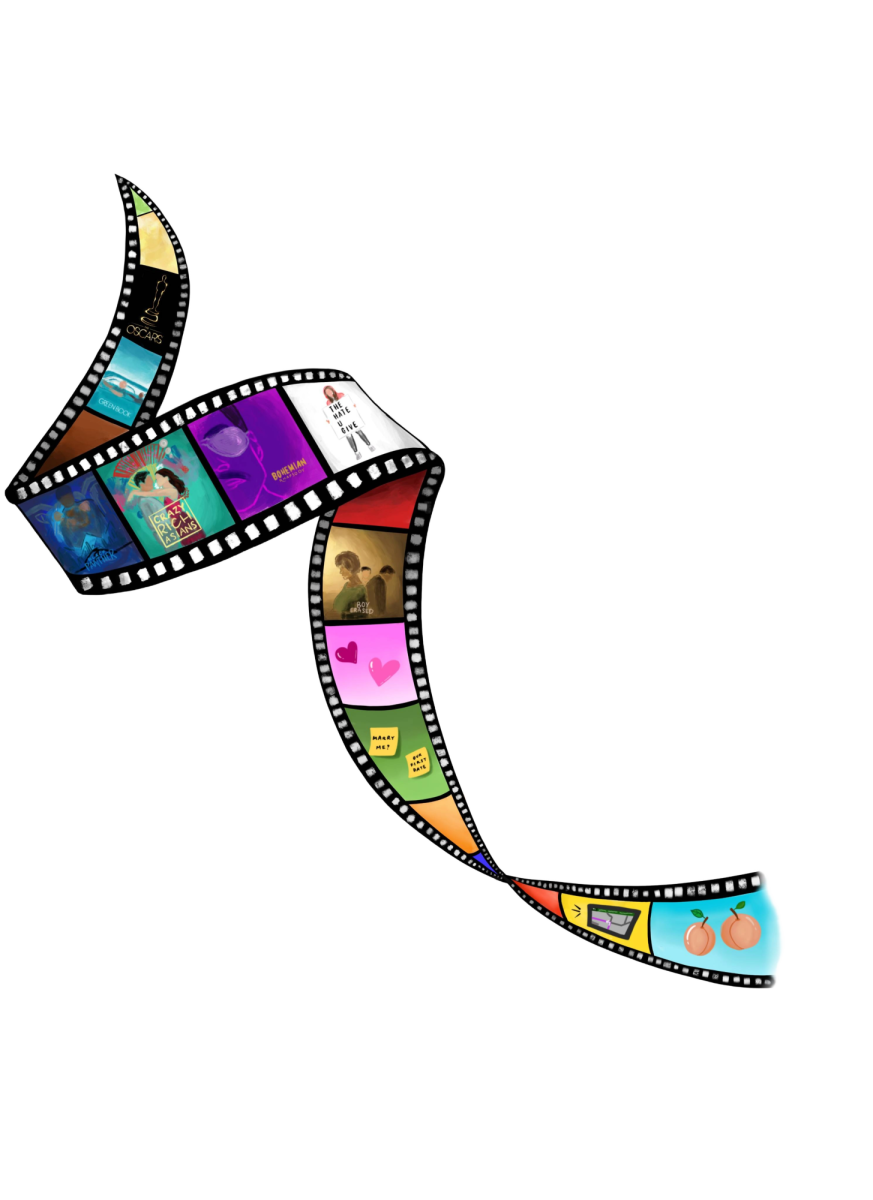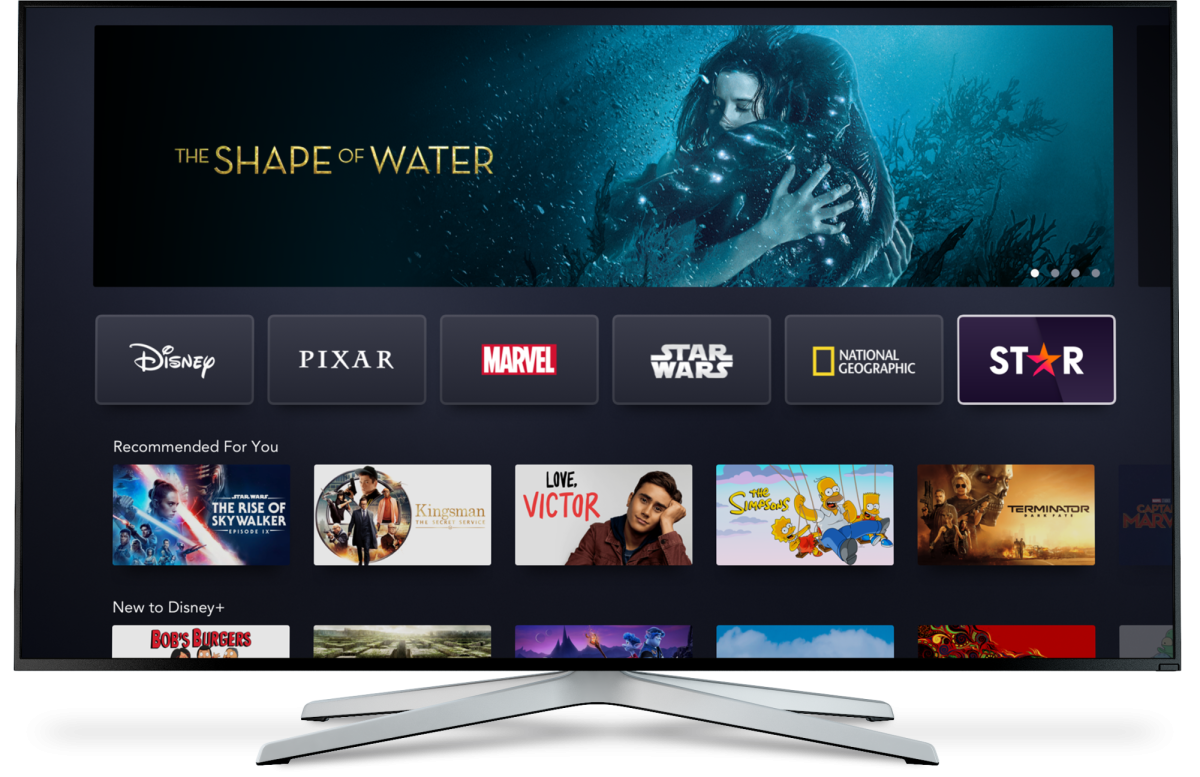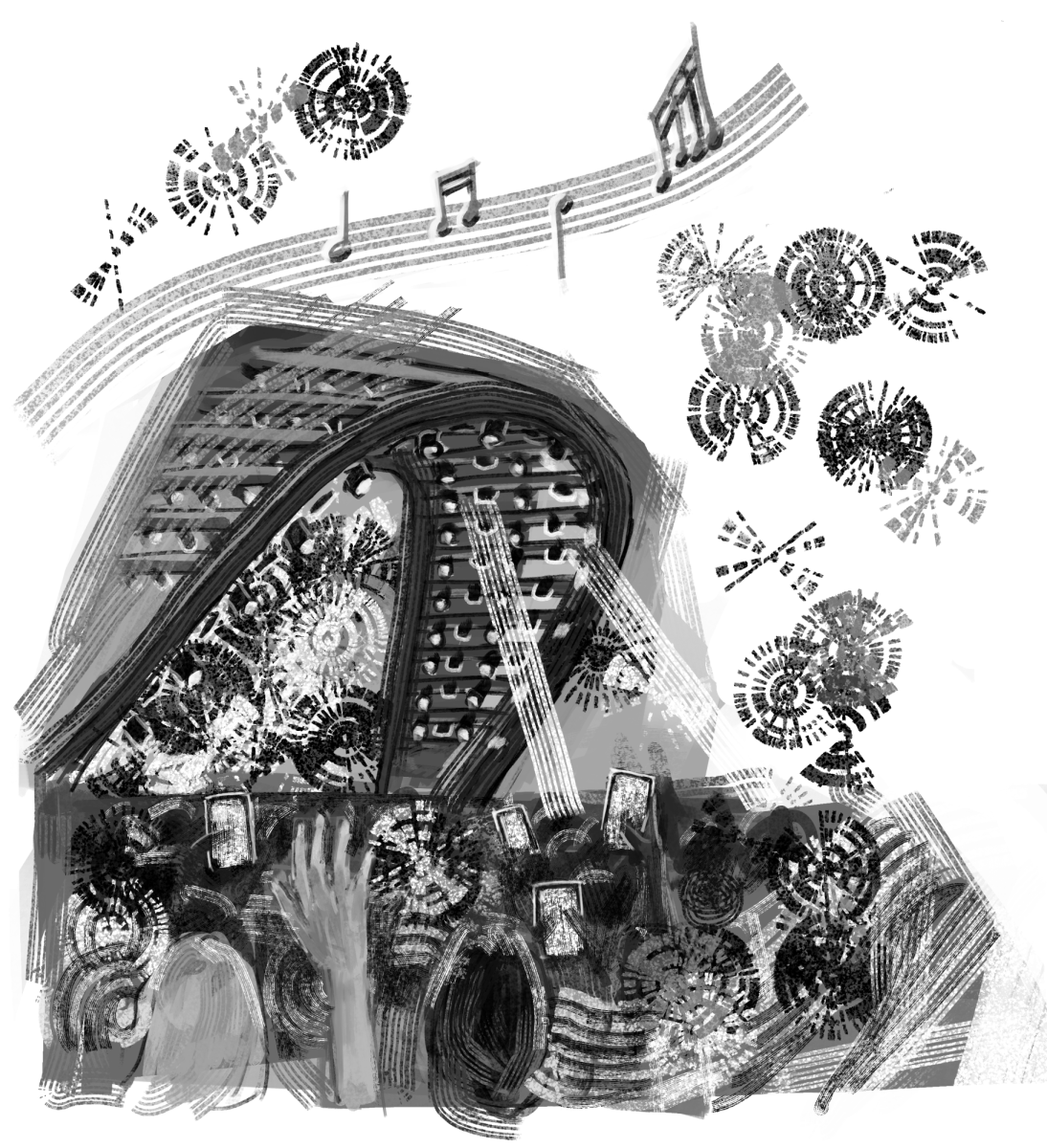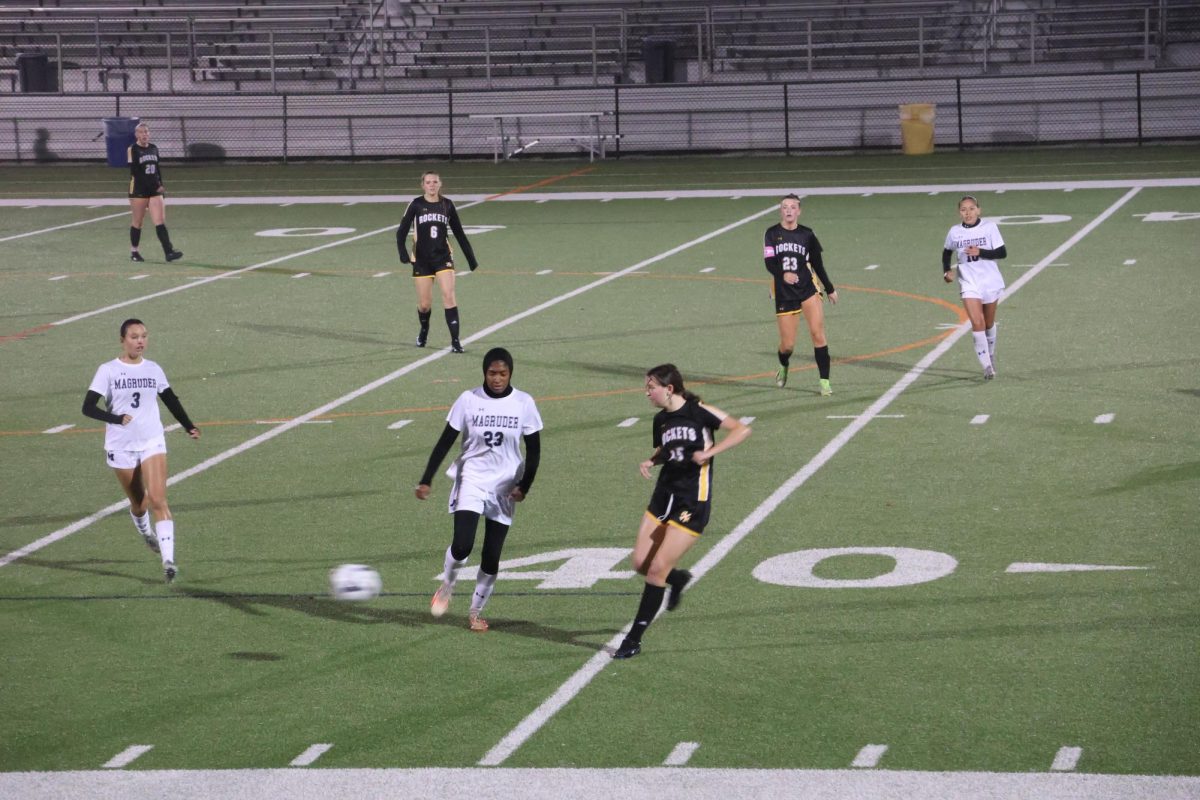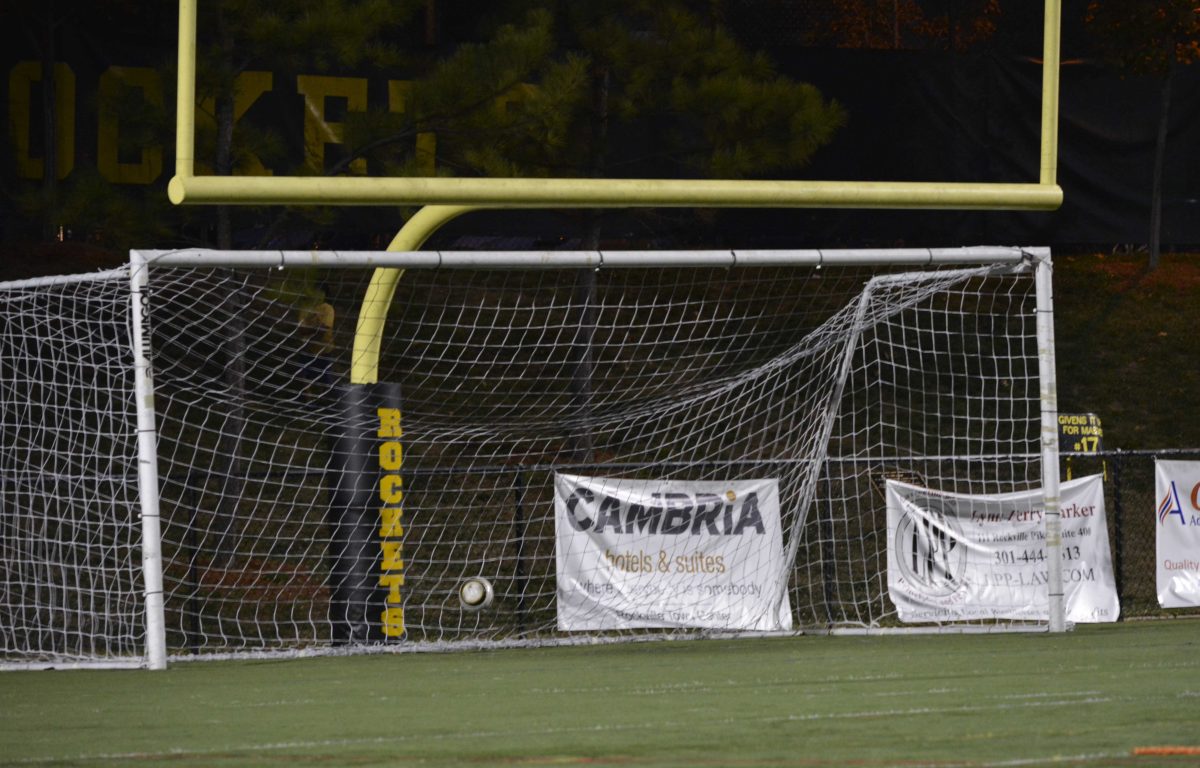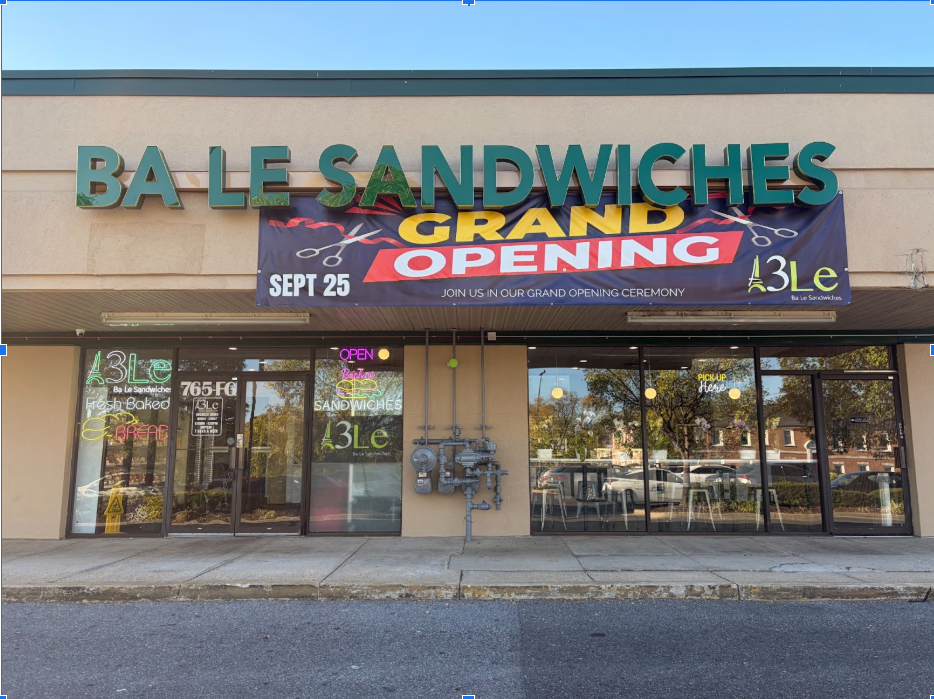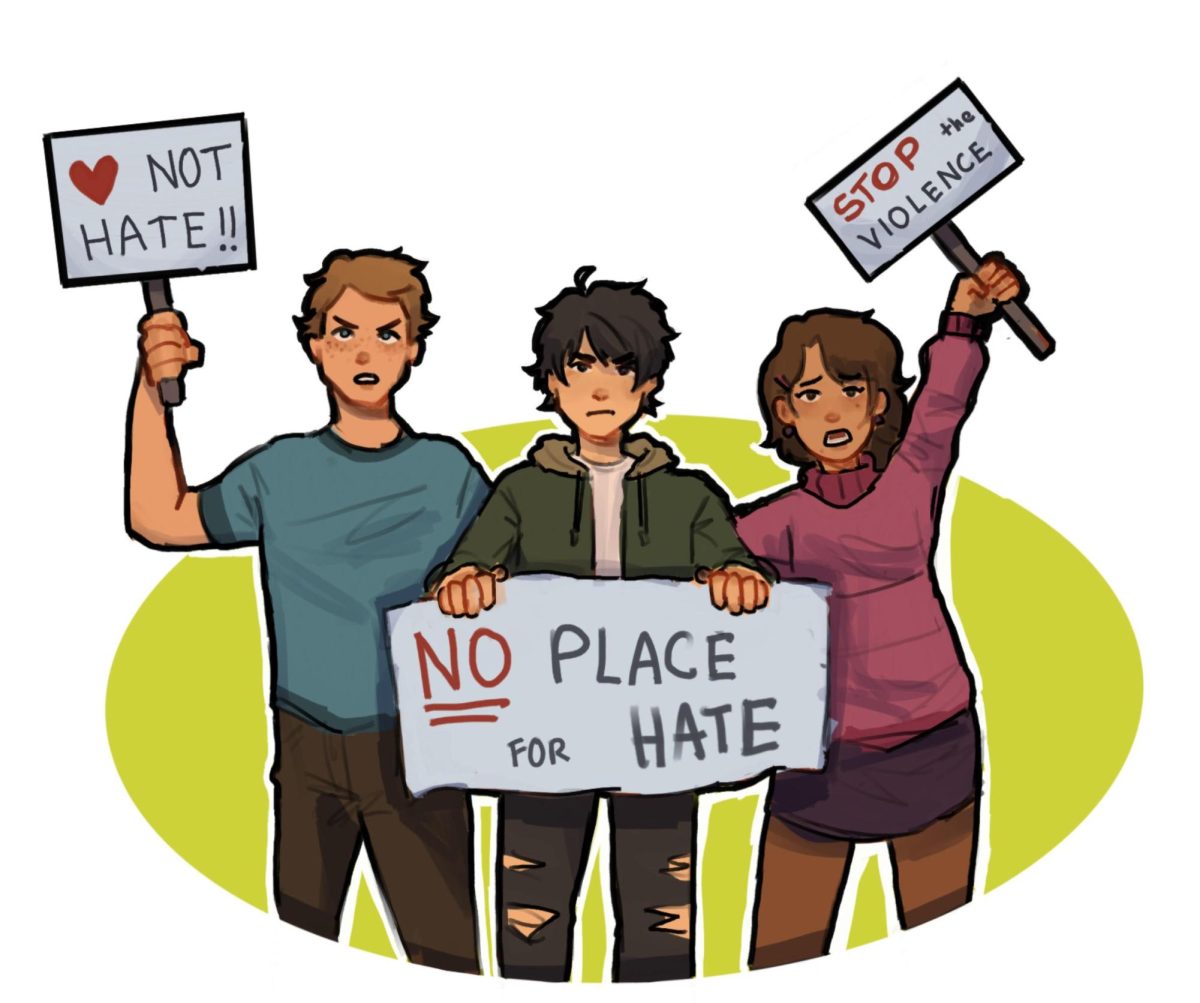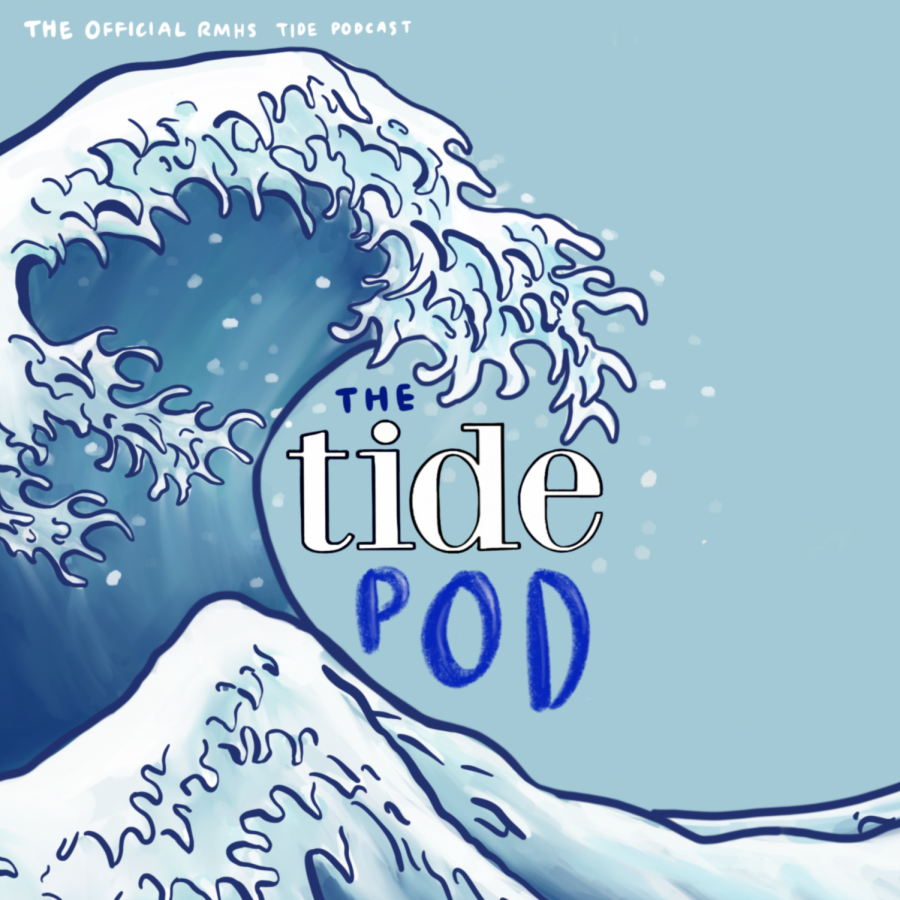In today’s digital world, the experience of seeing a movie extends beyond purchasing a ticket and sitting in a theater. Social media platforms like TikTok, Instagram, and X have fundamentally reshaped the way audiences interact with films. Word-of-mouth marketing, once limited to conversations among friends, now spreads globally almost instantaneously. The way media is discussed online—through reactions, jokes, debates—can significantly influence its success at the box office, arguably more than official adverts. Social media is no longer a companion to the movie-going experience; it has become an essential part of it.
When a major film releases, the immediate flood of audience reactions on social media can shape its reputation. Early viewers often post impressions, reviews, and responses, providing many with an unfiltered look at a film’s strengths and weaknesses. A movie that generates positive online buzz during its opening weekend can see a significant boost at the box office, while one that sparks disappointment suffers for it. Today, audiences are increasingly influenced by the real-time opinions of peers and influencers, rather than traditional advertisements or professional critics.
This trend was clearly exemplified in the recent release of “A Minecraft Movie”, a film adaptation of the massively popular video game. Although early trailers faced skepticism, the movie benefitted from enthusiastic fan reactions. Viewers posted videos depicting the widespread trends where audiences had extreme reactions to moments in the film. While “A Minecraft Movie” serves as a timely example, it is part of a broader pattern: films today rise or fall based on how they are received and shared across social media platforms.
However, this new dynamic also carries risks. A minor flaw or controversial moment can quickly escalate online, creating backlash that spreads faster than major studios can manage. Disney’s recently released “Snow White” faced overwhelming criticism online, making it a financial flop. Viral criticism can alter public perception within hours. Studios must now respond to these shifts with tact, often using their own social media teams to guide conversations and sustain positive momentum.
The popularity of these trends pose a new way of experiencing movies in theaters. RM students who watched “A Minecraft Movie” had different opinions on the trend. “The first guy who threw popcorn everywhere and destroyed the theater posted it on social media. Others followed suit after watching the video but they wouldn’t have if the first guy never uploaded it,” freshman Jude Dorrough said.
Other students saw the chaos as a necessary evil. “It completely carried the movie, even though it was really bad,” freshman Pete Dverkerwa said.
As the line between audiences and promoters continues to blur, the conversation around movies has become more immediate, more powerful, and more unpredictable than ever before. In the future, this pattern will continue to escalate, permanently revolutionizing the entertainment landscape.
If you would like to voice your opinion on an issue you feel is relevant to our community, please do so here. Anyone is able and welcome to submit a Letter to the Editor, regardless of journalistic experience or writing skills. Submissions may be published either online or in a print issue.



